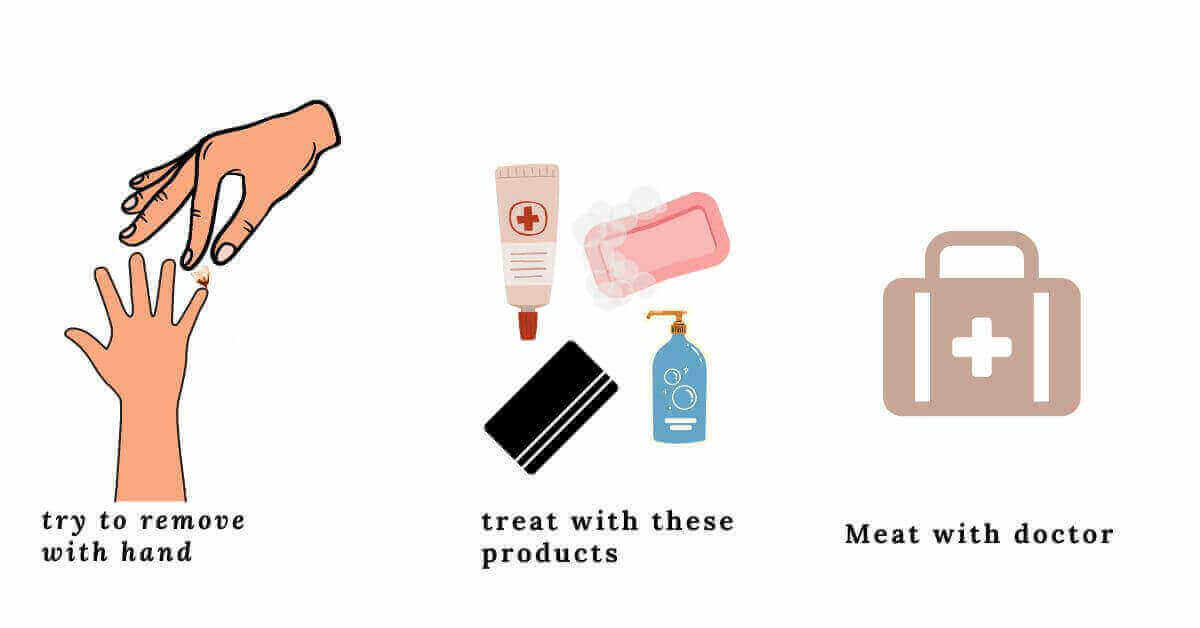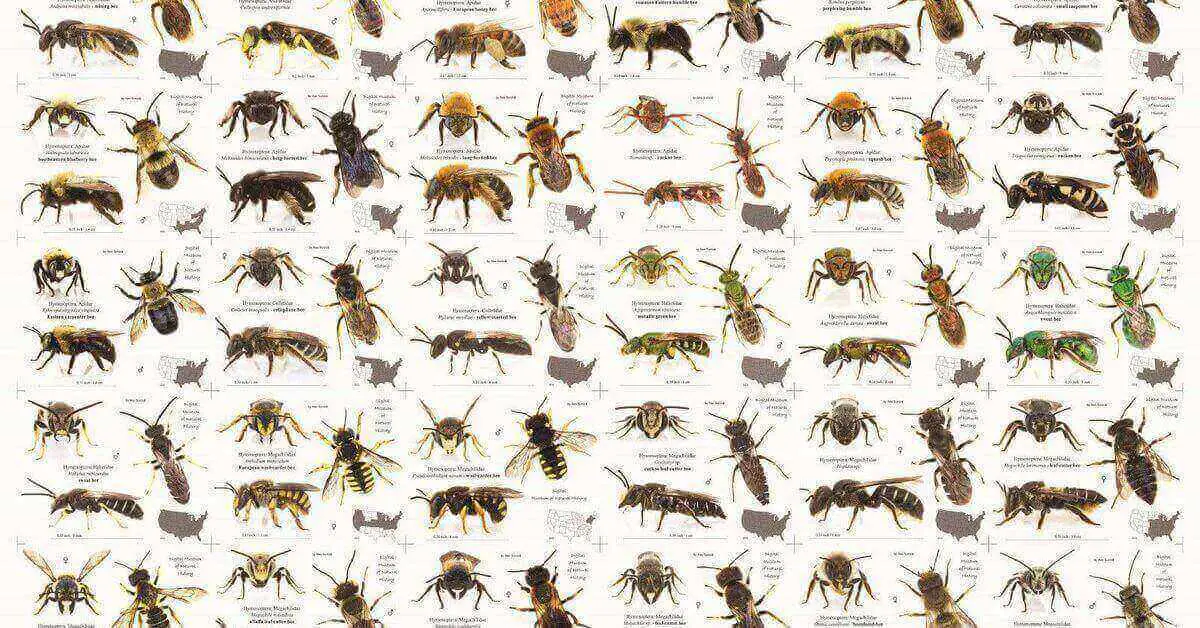Bees are fascinating insects that play a crucial role in pollination and are vital to the ecosystem. However, they can also be a nuisance and a potential threat if they sting humans. When a bee stings, it injects venom into the skin, which can cause pain, swelling, and other symptoms. In this article, we will discuss how long a bee sting lasts, the symptoms that follow, and some ways to manage the symptoms.
Duration of Bee Sting
- The pain or burning sensation in the affected area lasts for 1 to 2 hours. A bee sting can last anywhere from a few hours to several days, depending on various factors such as the severity of the sting, the person’s immune response, and the location of the sting.
- The venom may cause general swelling for up to 48 hours after the sting. Generally, the pain and swelling from a bee sting peak within the first 24 to 48 hours and gradually subside over the next few days. Mild reactions usually go away within a few hours, while severe reactions may take longer to heal.
- Redness may last up to 3 days.
- Swelling may last up to 7 days.
The duration of a bee stinger can vary depending on several factors, including the age of the person affected. Young children and older adults may be more sensitive to bee stings and may experience more severe symptoms or longer-lasting effects. In some cases, a severe allergic reaction, known as anaphylaxis, can occur, which can be life-threatening and requires immediate medical attention.
Symptoms of Bee Sting
The symptoms of a bee sting can vary depending on the individual’s sensitivity to the venom and the location of the sting. The most common symptoms include:
Bee sting Reaction
- A bee stinger injects venom into the skin.
- The poison is what causes the symptoms.
- Itching
- The sting can cause itching and discomfort.
- Rash
- Some people may develop a rash around the sting.
- Difficulty breathing
In rare cases, bee stings can cause a severe allergic reaction, known as anaphylaxis, which can cause difficulty breathing and even death.
Bee sting swelling
According to Uptodate bee sting causes redness and swelling 10 percent of people who have weak immune systems. This is called the large local response. The area may swell (5 inches [11 cm] or more) in 2 to 3 days and then slowly resolve over 5 to 10 days.
Managing Bee Stings Symptoms
If you get stung by a bee, there are some things you can do to manage the symptoms and help the stinger heal faster. Here are some tips:
- Remove the stinger: The first step is to remove the stinger if it is still embedded in the skin. Gently scrape it out with a flat object such as a credit card or a fingernail.
- Clean the area: Wash the area with soap and water to prevent infection.
- Apply ice: Applying ice to the sting can help reduce pain and swelling.
- Use over-the-counter pain relievers: Over-the-counter pain relievers such as ibuprofen or acetaminophen can help relieve pain and reduce swelling.
- Take antihistamines: Antihistamines can help relieve itching and other allergic symptoms.
- Avoid scratching: Scratching the sting can cause further irritation and delay the healing process.
- Seek medical attention: If you experience severe symptoms such as difficulty breathing or swelling in the face or throat, seek medical attention immediately.
Related articles:
- Do Bees Eat Honey? The Truth About Their Dietary Habits.
- Life of Bees in Winter.
- Do Mason Bees Sting? Understanding the Facts
How fast is it possible to remove bee sting?
Removing a bee stinger is typically a quick process that can be done in a matter of seconds, depending on the severity of the sting and the method used to remove it.
Summary
In summary, a bee stings can last anywhere from a few hours to several days, depending on the severity of the sting and the person’s immune response. The symptoms can vary, but the most common ones include pain, swelling, redness, itching, and rash. If you get stung by a bee, there are some things you can do to manage the symptoms and help the sting heal faster.




